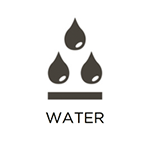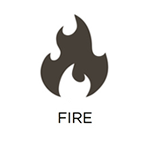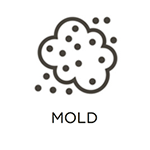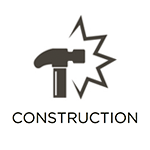RestorationMaster
[call](888) 915-8868[/call]
Although water will always flood through the path of least resistance first, it will seep into substructures and lower floors. Building materials that are porous, such as sheetrock, wood, and drywall will be the first to soak up water; it can also travel upward from here. The after-effects may include: delamination (separation of the floor from the baseboard), broken adhesive bonds, warping, breakdown of building materials, swelling, and discoloration. In addition, the more time that passes before the restoration services are began is additional damage to the materials. Even if the water evaporates naturally, the materials located overhead will be affected: including walls, overhead fans, ceilings, etc.
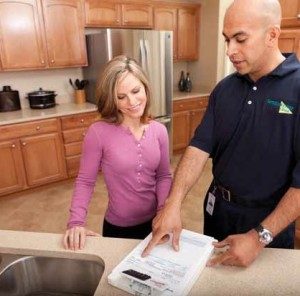 RestorationMaster is an experienced, highly recommended, and licensed water damage restoration provider. In addition to our ongoing training and experience, our qualified specialists have passed additional training in water extraction, mold remediation, corrosion control, and dehumidification systems. They are also frequently educated to use the most updated techniques and equipment to best serve you when you need it most. Although the information provided here is left as general as possible in order to answer the most frequent questions, we hope it answers yours in addition to helping you understand the drying process.
RestorationMaster is an experienced, highly recommended, and licensed water damage restoration provider. In addition to our ongoing training and experience, our qualified specialists have passed additional training in water extraction, mold remediation, corrosion control, and dehumidification systems. They are also frequently educated to use the most updated techniques and equipment to best serve you when you need it most. Although the information provided here is left as general as possible in order to answer the most frequent questions, we hope it answers yours in addition to helping you understand the drying process.
You can also refer to our water damage repair checklist to see which areas of your home will be inspected for any additional damage.
Breakdown of the Drying Process
While it is our mission to restore your home and contents as quickly and efficiently as possible, our drying procedures are broken down into three steps.
Step 1: Emergency Services
Before we can begin any work, a Statement of Authorization will need to be signed. One of our technicians will then immediately start the restoration process by determining if your carpet should be restored or replaced. If it can be restored, he/she will then determine if it can be done in its place or must be removed in order to dry the baseboards underneath. The water will then be extract from the carpet and subfloor. We will then set up our high-velocity air movers, leaving them on for the proper duration for the carpeting to dry. It may also require antimicrobial products in order to prevent mold growth. If the carpeting cannot be dried in place, it will be removed by the tack strip, taking out the padding for it to be dried more effectively. A sample of the carpet pad will be taken to our facility for inspection and a new padding will be ordered for reinstallation. In other cases, it is more cost-effective to replace the carpet than to repair it. The carpet will then be removed while a replacement is ordered.
Inspection of the Job Site
In order to properly monitor the temperature, humidity, and our equipment, our technician will require access to your home/business during normal business hours. This is how we can ensure the efficiency and effectiveness of our services. You can schedule appointments with our office to coordinate the times that best work for you.
Step 2: Cleaning/Reinstallation
In the cases that the carpeting can be returned to its’ original condition, a new pad might need to be installed, followed by the reinstallation of the carpet. This process will include reattaching the tack strip, seam repair, and threshold repair and/or replacement. Once this is done, the carpet will then be sanitized and deodorized to inhibit microbial growth. Any upholstery or other damaged furniture will also need to be cleaned during this process. If the equipment is still on the property, it will be removed during this phase.
Step 3: Repairing the Building Materials
At this phase, the damage to the affected building materials will need to be examined in order to determine the most effective repair process. During this procedure, all affected floors, drywall, and ceilings will be repaired from the water damage. It may also be necessary to finish the repairs before reinstallation and cleaning.
If you have any additional questions related or unrelated to the drying process, please refer to our water restoration – FAQ page or call us at (888) 915-8868 for detailed questions.


